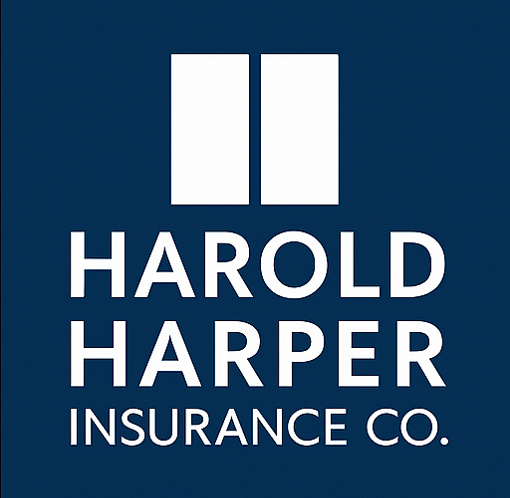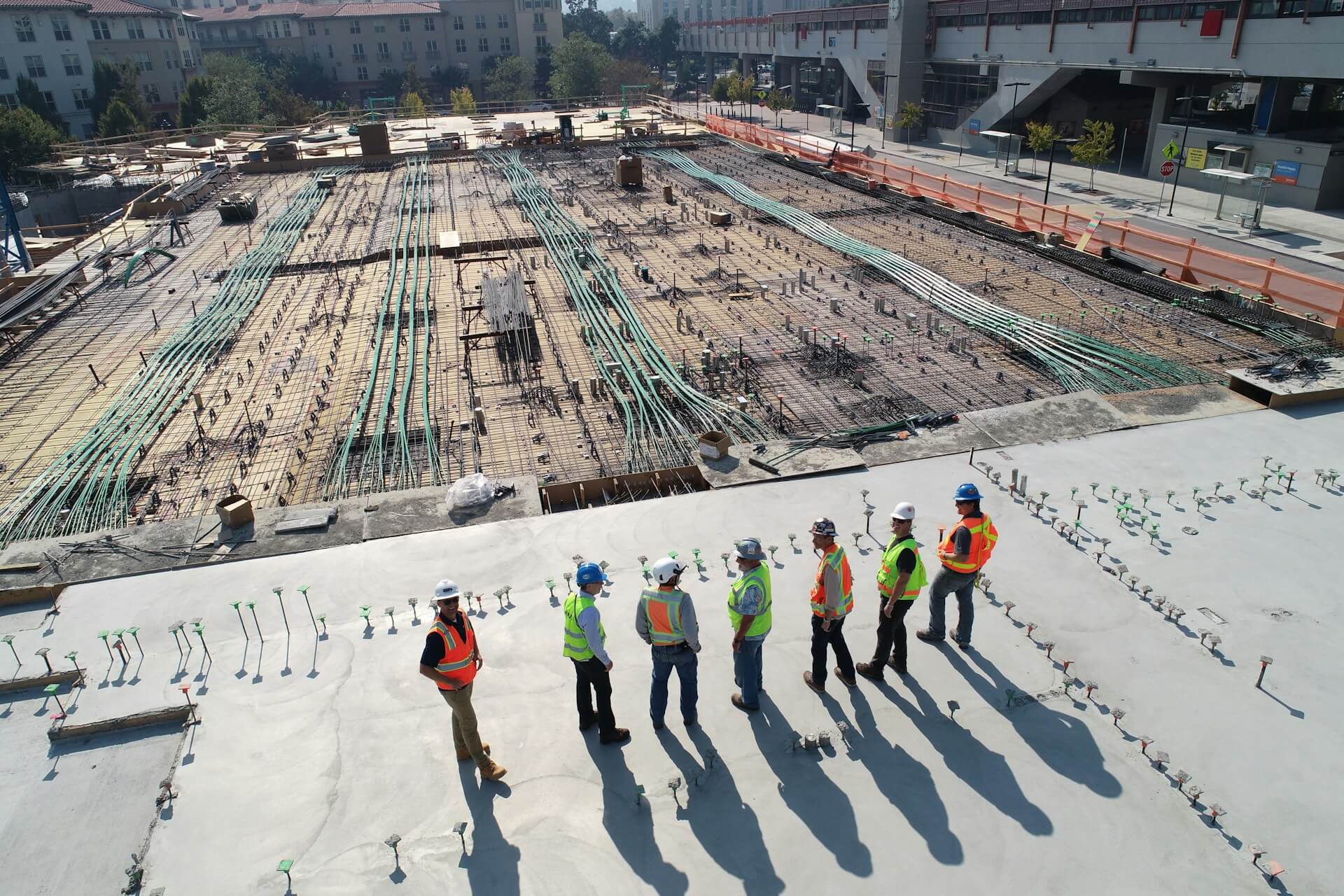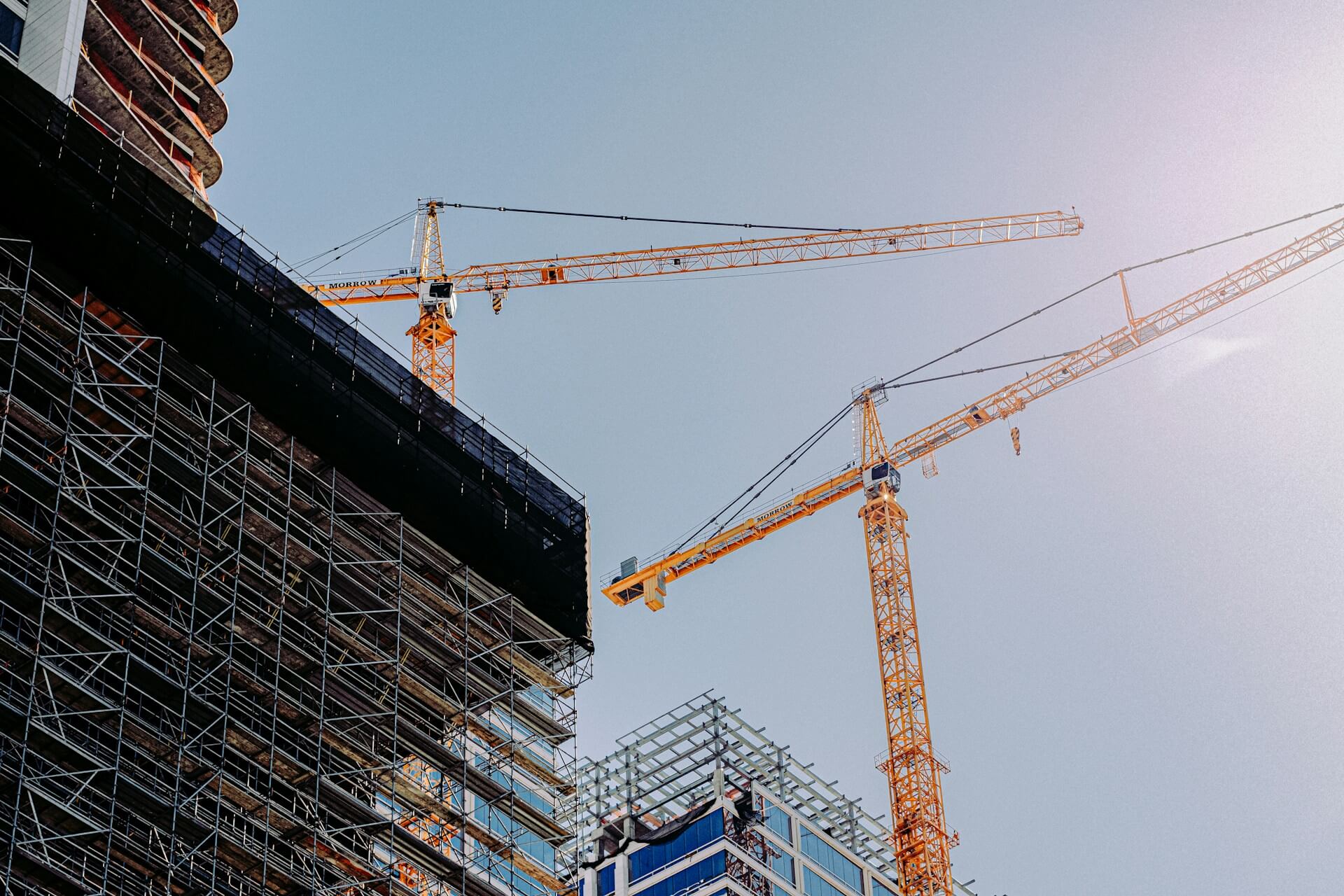Structuring the Right Policy: Only As Strong as the Foundation its Built On
Framing homes and policies are no different—both require a step-by-step approach. Cutting corners is a house of cards.
Mastering Insurance Endorsements: Protecting Your Construction Project from Major Liabilities
In the refined realm of homebuilding and expansive development, contracts do more than outline relationships—they define the financial framework of responsibility when unforeseen challenges arise. Understanding the intricacies of essential insurance endorsements—such as Additional Insured, Waiver of Subrogation, Primary/Non-Contributory, and Ongoing and Completed Operations—is not merely a precaution but a strategic imperative to ensuring the flawless execution of your project. When thoughtfully structured and seamlessly integrated, these endorsements craft an elegant, impenetrable safety net for developers, contractors, and subcontractors alike, delineating liability with precision. In the unfortunate event of a negligence claim or faulty work, these safeguards ensure that all parties are shielded from the potential financial and reputational damage that could arise from costly legal disputes or claims by discerning homebuyers.
Additional Insured: Defining Coverage, Protecting the Project
The Additional Insured (AI) endorsement is a cornerstone of risk management, offering an elegant shield for developers and contractors against unforeseen liabilities. This invaluable extension of coverage ensures that should any issue arise from a subcontractor's work, the general contractor or developer is seamlessly integrated into the subcontractor’s insurance policy. This strategic safeguard prevents financial exposure and ensures peace of mind for all parties involved.
Key Insights:
- Understanding the Coverage: The AI endorsement provides an elevated layer of protection by including the general contractor and developer under the subcontractor’s policy. This ensures that, in the event of faulty workmanship, property damage, or accidental injury, both the GC and developer are shielded from financial ruin.
- Ongoing and Completed Operations: While most AI endorsements cover ongoing operations, it’s imperative that completed operations are also included. This forward-thinking strategy ensures that any latent defects, which may surface long after the project has finished, are still covered, keeping you secure long after construction is complete.
Pinch: Without the proper AI endorsement, the developer or contractor could be exposed to devastating legal liabilities if issues arise post-completion. A faulty structure leading to injury or damage after the homeowner has moved in could leave the GC or developer personally liable, igniting a prolonged legal battle and costly settlements that could tarnish reputations and drain financial resources. The true elegance lies in the meticulous protection of your legacy—without it, you risk it all.
Waiver of Subrogation: Ensuring Smooth Sailing After a Claim
In the sophisticated world of construction, the Waiver of Subrogation is a masterstroke in risk management, elegantly preventing one party’s insurer from seeking reimbursement from another after a claim is settled. By incorporating this critical clause into your policies, you craft a smooth, seamless claims process, ensuring that once a loss is covered, no party is left exposed or entangled in post-claim disputes. The result? A sophisticated and harmonious resolution that shields relationships and keeps your projects on track.
Key Insights:
- Protecting Relationships: The Waiver of Subrogation ensures that once a claim is paid by the subcontractor’s insurance, the developer or contractor is not pursued for the same claim by the insurer. This clause acts as a barrier to unnecessary conflicts, maintaining professional harmony and trust throughout the project.
- Impact on Claims: It guarantees that once an insurance policy has settled a claim, no further financial recovery is sought from the developer or subcontractor. This is particularly crucial in multi-party projects, where complex relationships can make the risk of subrogation claims a disruptive force, hindering smooth operations.
Pinch: Without the Waiver of Subrogation, the insurance company could pursue the contractor or developer for the full claim amount even after a loss is covered. This could cause unwanted financial strain and strain relationships, leading to damaging legal disputes and irreparably tarnishing reputations. The absence of this clause risks the integrity and long-term success of your project. Why leave your hard-earned reputation vulnerable when a simple waiver can preserve it?
Primary/Non-Contributory: Defining the First Line of Defense in Your Coverage Strategy
In the world of construction, Primary/Non-Contributory insurance language is the sophisticated framework that ensures clarity and efficiency when claims arise. This elegantly crafted clause dictates that the subcontractor’s insurance is the primary policy—the first to respond to claims—allowing the developer or general contractor to remain shielded from unnecessary financial exposure. The beauty lies in its ability to streamline responsibility, ensuring the full weight of the claim is absorbed by the subcontractor’s policy, with no obligation for the GC or developer to share in the burden.
Key Insights:
- Clear Hierarchy of Coverage: The Primary/Non-Contributory clause establishes a clear order of responsibility, ensuring that the subcontractor’s policy takes precedence, covering claims related to their work without involving the GC’s or developer’s insurance. This precision eliminates overlapping claims, maintaining a seamless flow and minimizing disputes over who should pay.
- Protecting the Developer’s Bottom Line: By prioritizing the subcontractor’s policy, developers and contractors are shielded from absorbing the financial risks that rightfully belong to the subcontractor’s insurer. This ensures their financial stability is preserved, while the subcontractor’s policy absorbs the claim burden in full.
Pinch: Without Primary/Non-Contributory language, the general contractor’s insurance could be forced to contribute to a claim, potentially delaying the claims process, inflating premium costs, and creating unnecessary legal disputes. More importantly, this misalignment can leave the subcontractor exposed, with coverage gaps that threaten their own liability protection and open the door for devastating financial repercussions.
Within this robust, tensile insurance framework, the Primary/Non-Contributory clause is more than mere language—it's the safeguard that prevents the collapse of your protection, ensuring seamless liability coverage and financial security. Let it define the flow of responsibility in your construction projects, safeguarding your bottom line and ensuring your business continuity in the face of unforeseen claims.
Ongoing and Completed Operations: Enduring Beyond Completion
Ongoing and Completed Operations coverage is the safeguard that ensures developers, contractors, and subcontractors are protected from risks that transcend the completion of a project. It secures your business in the face of issues like construction defects, property damage, or worker injuries that may surface long after the final project has been handed over to the owner. This vital protection ensures that your legacy remains intact, regardless of what transpires after the dust settles.
Key Insights:
- Pre & Post-Completion Protection: Even after the last brick is laid, the risk of issues such as plumbing failures, electrical malfunctions, or structural weaknesses can haunt a project for months or years. Ongoing Operations coverage acts as an umbrella, covering both the policyholder and their additional insureds while the work is actively underway, ensuring comprehensive risk management throughout the project lifecycle.
- Preventing Long-Term Exposure: Without properly definitive Completed Operations language, claims that arise post-project could leave developers and contractors vulnerable to major financial losses and legal liabilities, especially if defects affect multiple homes or buildings within a development. This extended coverage ensures that your exposure doesn’t outlast the work itself.
Pinch: The absence of Completed Operations coverage can leave you with unforeseen financial risk once the project is complete. If a defective construction element or negligence claim emerges months after completion, developers and contractors may find themselves embroiled in legal battles they cannot effectively defend. Without the proper protection, you risk substantial costs and a damaged reputation, which could cast a long shadow over your business for years to come.
Conclusion: Structuring the Right Insurance to Mitigate Liability in Homebuilding Projects
The construction industry is full of risks—negligence, faulty workmanship, and post-completion claims are just a few of the threats that can cause significant financial and legal issues for contractors, subcontractors, and developers. By ensuring that your insurance policies are correctly structured—incorporating additional insured endorsements, waivers of subrogation, primary/non-contributory clauses, and completed operations coverage—you can create a solid defense that mitigates risk and protects all parties involved.
To safeguard against liabilities and ensure smooth operations, it’s essential to partner with an experienced insurance broker who understands the nuances of the construction industry. A well-integrated insurance strategy protects not only the subcontractor’s work but also the general contractor and developer, ensuring financial security and long-term success on every project.
Photo by Daniel McCullough on Unsplash



